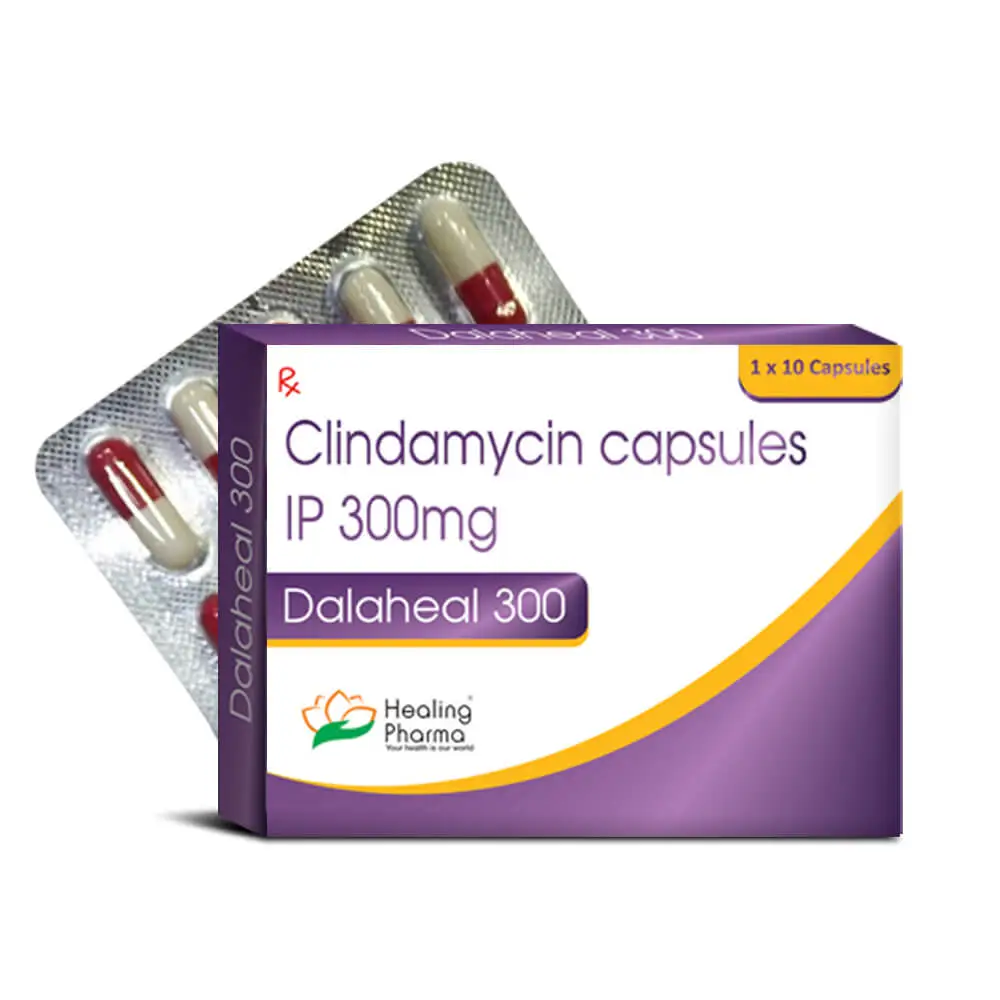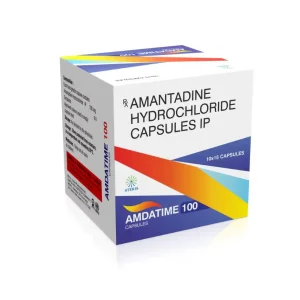Description
Clindamycin 300 mg – Powerful Antibiotic for Bacterial Infections
Clindamycin 300 mg is a potent prescription antibiotic used to treat a wide range of serious bacterial infections. It belongs to the lincosamide class of antibiotics and works by inhibiting bacterial protein synthesis. Available in capsule form, Clindamycin 300 mg is widely prescribed for skin infections, dental infections, respiratory tract infections, and certain bone and joint infections.
What is Clindamycin 300 mg Used For?
Clindamycin is effective against Gram-positive cocci and some anaerobic bacteria. It is commonly prescribed for:
- Skin and soft tissue infections (cellulitis, abscesses, acne)
- Dental infections and oral abscesses
- Respiratory tract infections (pneumonia, sinusitis)
- Pelvic inflammatory disease (PID)
- Bone and joint infections (osteomyelitis)
- Post-surgical infections
How Clindamycin Works
Clindamycin 300 mg works by binding to the 50S subunit of bacterial ribosomes, effectively halting bacterial protein synthesis. This leads to bacterial cell death and helps the body eliminate the infection. Unlike penicillin-based antibiotics, Clindamycin is often used when patients are allergic to penicillin or when other antibiotics fail.
Key Benefits of Clindamycin 300 mg
- Broad-spectrum activity against serious infections
- Effective for penicillin-allergic patients
- Well-absorbed in oral form
- Trusted by physicians for over 40 years
Clindamycin 300 mg Dosage and Administration
The dosage depends on the type and severity of the infection:
- Adults: 150–300 mg every 6–8 hours
- Severe infections: Up to 450 mg every 6 hours
Capsules should be taken with a full glass of water to avoid throat irritation. Always complete the full course, even if symptoms improve early.
Possible Side Effects
While Clindamycin 300 mg is effective, it can cause side effects in some patients:
- Nausea and vomiting
- Abdominal cramps or diarrhea
- Metallic taste in the mouth
- Rash or allergic reactions
- Rare but serious: Clostridium difficile-associated diarrhea (CDAD)
Seek medical attention if severe diarrhea or abdominal pain occurs during or after treatment.
Precautions and Warnings
- Inform your doctor of any gastrointestinal disease, especially colitis
- Not recommended for viral infections (cold, flu)
- May interact with neuromuscular blocking agents
- Use in pregnancy only if prescribed by a healthcare provider
Why Buy Clindamycin 300 mg from Reliablevita?
- Authentic Clindamycin capsules from trusted manufacturers
- Affordable pricing and fast delivery
- Discreet packaging and safe checkout
- Professional customer support
Related Products:
- Azithromycin 500 mg – Macrolide antibiotic alternative
Frequently Asked Questions (FAQs)
1. What is Clindamycin 300 mg used to treat?
Clindamycin 300 mg is used to treat bacterial infections including skin, dental, respiratory, and bone infections.
2. Can I take Clindamycin if I’m allergic to penicillin?
Yes, Clindamycin is often prescribed as an alternative for those with penicillin allergies.
3. How quickly does Clindamycin start working?
Symptoms usually begin to improve within 2–3 days of starting treatment.
4. Should I take Clindamycin with food?
It can be taken with or without food. Taking it with food may help reduce stomach upset.
5. What should I do if I miss a dose?
Take the missed dose as soon as possible. If it’s close to the next dose, skip it—do not double up.



